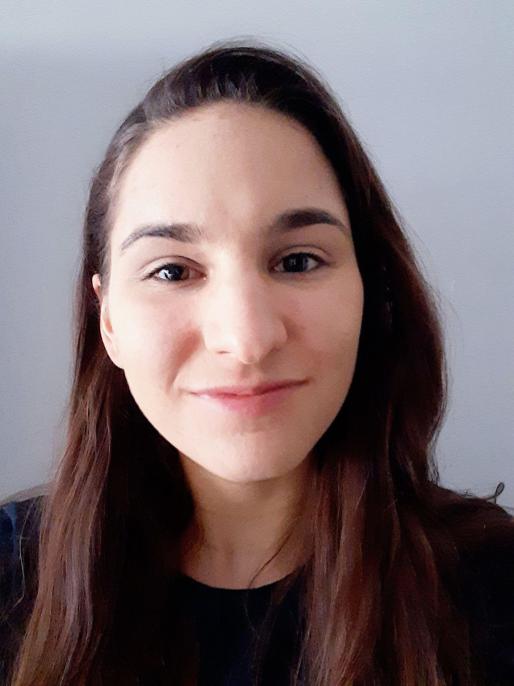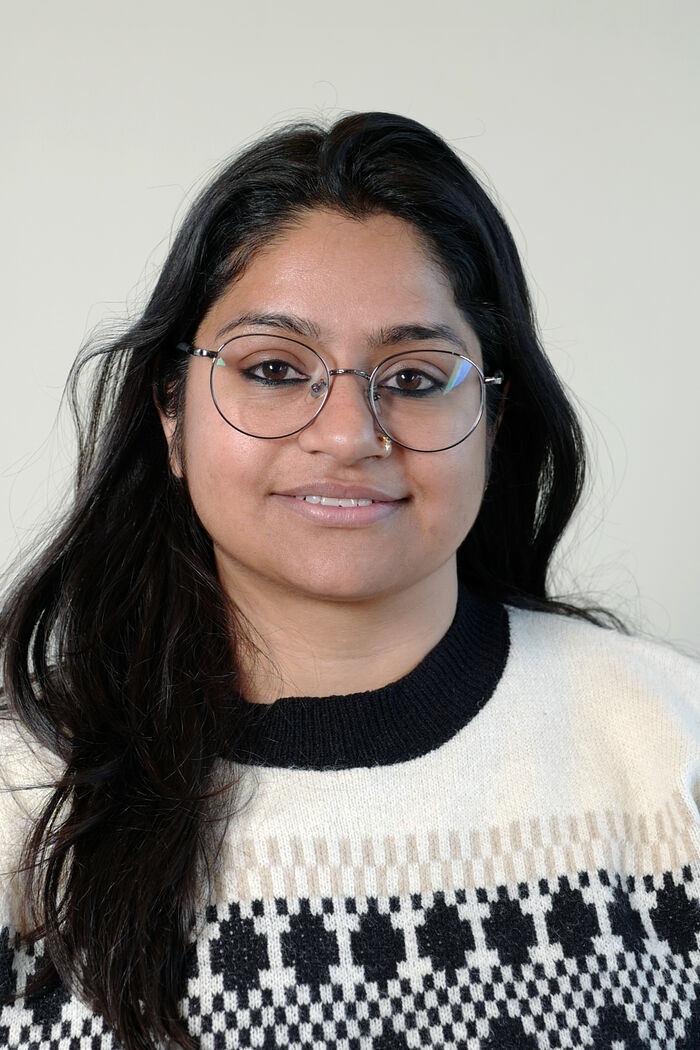Tidligere arrangementer - Side 53
Hvordan l?ser storsamfunnet dilemmaer knyttet til livssynsbaserte utdanningsinstitusjoner; dilemmaer som oppst?r i institusjonenes m?te med religi?se og seksuelle minoriteter, eller n?r institusjonene utfordrer samfunnets verdisyn slik dette er nedfelt i lov- og regelverk om h?yere utdanning? Dette fagseminaret etterf?lges av en panelsamtale om friskoler og skeive p? Litteraturhuset kl. 19.00.
Abstract: A random, labyrinthine pattern emerges during slow drainage of a granular-fluid system in two- dimensional confinement. Compacted grains are pushed ahead of the fluid-air interface, which becomes unstable due to a competition between capillary forces and the frictional stress mobilized by grain-grain contact networks. We reproduce the pattern formation process in numerical simulations and present an analytical treatment that predicts the characteristic length scale of the labyrinth structure. The pattern length scale decreases with increasing volume fraction of grains in the system and increases with the system thickness. By tilting the model, aligned finger structures, with a characteristic width, emerge. A transition from vertical to horizontal alignment of the finger structures is observed as the tilting angle and the granular density are varied. The dynamics is reproduced in simulations. We also show how the system may explain patterns observed in nature, created during the early stages of a dike formation.
This talk is part of the Mechanics Lunch Seminar series. Bring-your-own-lunch and lots of questions. Hybrid format via Zoom possible on demand (contact timokoch at uio.no)
Michaela Brchnelova, KU Leuven, Belgium.
C*-algebra seminar by Alexander Stolin
Associate Professor Fredrik S. Hage, the Structure Physics section
Professor Christophe Fraser, University of Oxford.
How important is gender for young people in contemporary China? What challenges and aspirations are central to young Chinese women? This seminar will focus on how young women from China negotiate different expectations and identities both inside and outside their homeland.
NCMM Associate Investigator, Professor Simona Chera, Group Leader of the Chera Lab at the University of Bergen will present her research as part of the NCMM Tuesday Seminar Series.
Over the last decade, the Kurdish areas in the Middle East have seen several violent conflicts. Hundreds of thousands of Kurds have been uprooted from their homes and areas of origin. This adds a new chapter to an already long history of displacement and migration. In this seminar, we will investigate some of the gendered aspects of these recent migration flows. The seminar will be held in English.
By Johan Watz from Karlstad University, Sweden
Reetika Joshi, postdoctoral fellow of Rosseland Centre for Solar Physics (RoCS), University of Oslo.
C*-algebra seminar by Alexander Mang (Saarland University)
Nicola Dibben, Professor at the Department of Music, University of Sheffield, will speak at RITMO's Seminar Series
Dr Johan Henriksson, Group Leader of HenLab at Molecular Infection Medicine Sweden (MIMS) will give a presentation entitled "Telomere accessibility in cell cycle and aging".
By Ronald Jenner from the Natural History Museum, London, UK
Abstract: Because of their huge compressibility difference with their surrounding media, air bubbles in water have a special relationship with acoustic waves: they are sub-wavelength resonators. In this presentation, I will show that this characteristic has great implications for both the surrounding fluid, because of the steady streaming effect, but also for the acoustic waves.
This talk is part of the Mechanics Lunch Seminar series. Bring-your-own-lunch and lots of questions.
We introduce SMARTboost (boosting of symmetric smooth additive regression trees), a machine learning model capable of fitting complex functions in high dimensions, yet designed for good performance in small n and low signal-to-noise environments. SMARTboost inherits many of the qualities that have made boosted trees the most widely used machine learning tool for tabular data; it automatically adjusts model complexity, handles continuous and discrete features, can capture nonlinear functions in high dimensions without overfitting, performs variable selection, and can handle highly non-Gaussian features. The combination of smooth symmetric trees and of carefully designed Bayesian priors gives SMARTboost an edge (in comparison with a state-of-the-art tool like XGBoost) in most settings with continuous and mixed discrete-continuous features. Unlike other tree-based methods, it can also compute marginal effects.
This talk is part of the Mechanics Lunch Seminar series. Bring-your-own-lunch and lots of questions.
Professor Justin William Wells, the Semiconductor physics section, UiO
NCMM Associate Investigator, Professor Karl Johan Malmberg, Group Leader of the Malmberg Lab at Oslo University Hospital will present his research as part of the NCMM Tuesday Seminar Series.








